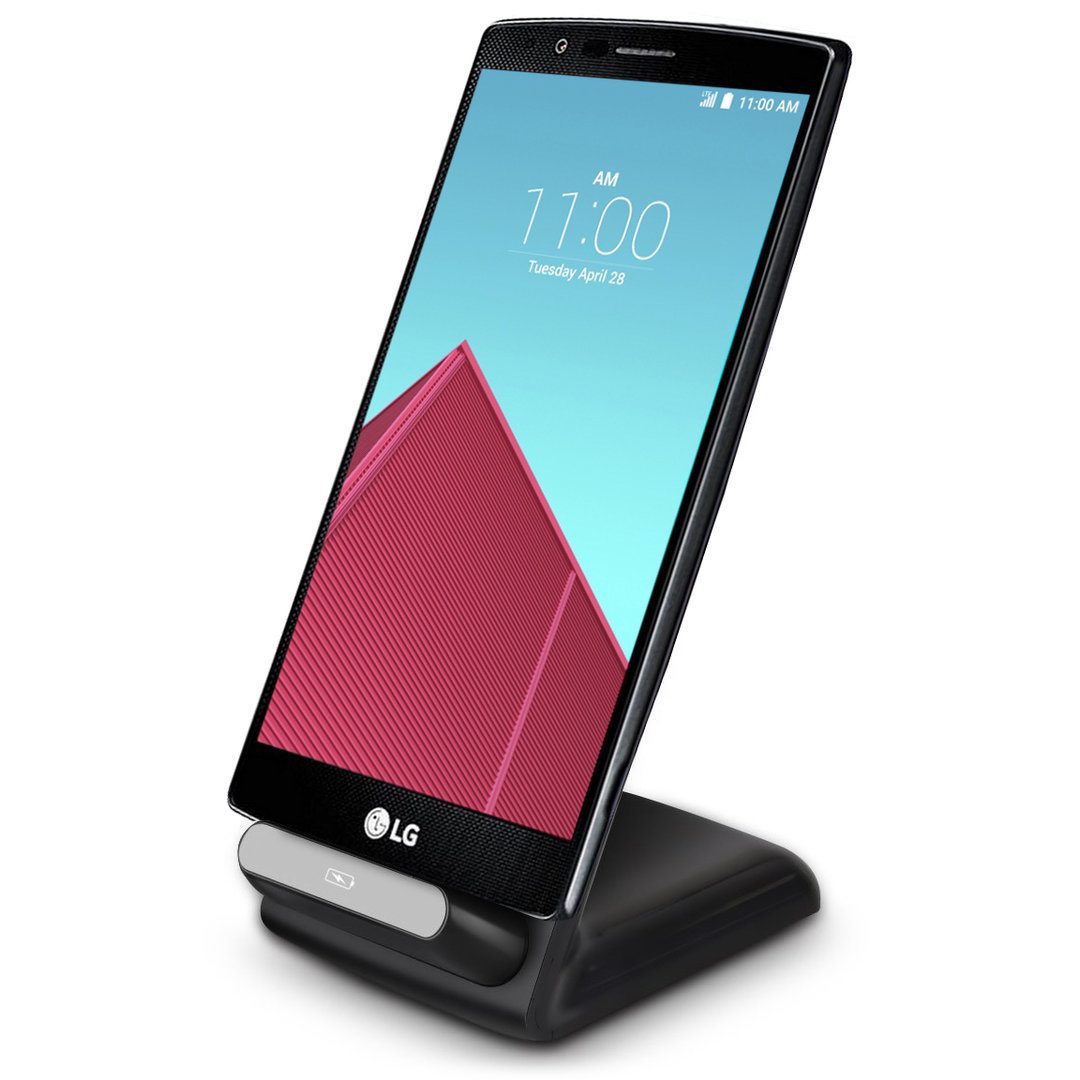
This integration is invaluable, just because we can start on typing up a document with Microsoft Word, then proceed to finish editing it over on a PC. And yes, you get the full suite of Microsoft Office apps out of the box, so it’s a productivity powerhouse right from the get-go.

On the flip side, the platform has its roots embedded in Microsoft’s ecosystem – so if it’s your cup of tea, you’ll be enthralled by its deep integration. Even though Microsoft offers a YouTube “client”, it does nothing more than to open YouTube in the Microsoft Edge browser. Sure, you get a Google search app, but if you’re a diehard user of its other services, such as Google+, Google Voice, or Google Maps, you’ll be disappointed that you’ll find none of them for Windows 10. Despite that, one of our biggest gripes about the platform is the fact that it lacks apps that are near and dear to Google users. It competes to some degree with Android and iOS, as many of today’s popular apps can be found in the Windows Store. Microsoft’s mobile platform has evolved over the last several iterations, which now lays claim to a modest ecosystem filled with a healthy catalog of apps. That, of course, is recognized just by looking at its dynamic Start Screen, which consists of those live tiles that make it distinctively Windows. Most people familiar with Microsoft’s mobile platform will notice that on the surface, the Windows identity is still present with this most up-to-date version.

Yes, Windows 10 is what Microsoft calls the software running on its handset, even though this is a Mobile version of the OS, not the Windows 10 tailored to run on PCs. The single most alluring aspect of the Lumia 950 is, undeniably, the new Windows 10 experience it’s delivering.


 0 kommentar(er)
0 kommentar(er)
